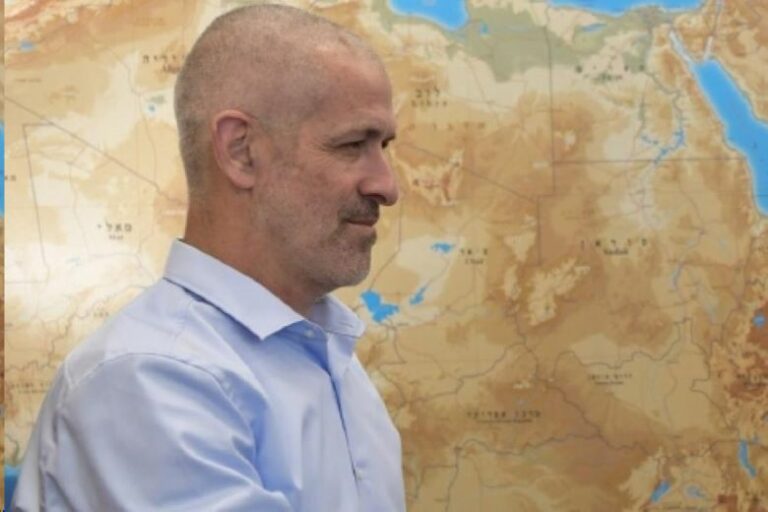 If it’s confirmed that a wing fragment found on a remote island in the Indian Ocean is from Malaysia Airlines Flight 370, lost more than 500 days ago, could scientists use their knowledge of ocean currents to trace back its path and pinpoint the bulk of the wreck?
If it’s confirmed that a wing fragment found on a remote island in the Indian Ocean is from Malaysia Airlines Flight 370, lost more than 500 days ago, could scientists use their knowledge of ocean currents to trace back its path and pinpoint the bulk of the wreck?
Australian oceanographer David Griffin says that would be akin to using modeling of big-city crowd flows to try to predict the travels of a random person encountered on the street. In short, next to impossible.
While Griffin and other oceanographers say the discovery on the island of Reunion fits in with their large-scale modeling of how debris drifts across the Indian Ocean, there remain a mind-boggling number of variables in the journey of any single piece of flotsam.
For instance, although Reunion is 4,200 kilometers (2,600 miles) from the current search site off the Australian coast, the wing fragment is likely to have zigzagged significantly farther than that.
Oceanographers say currents in the Indian Ocean generally flow counterclockwise, meaning that if the plane crashed near where authorities suspect, the fragment may first have drifted north toward the Indonesian island of Sumatra before turning west, traveling past India and finally heading south toward Reunion.
Even within that journey, there is likely to have been plenty of meandering. That’s because of the numerous squalls and storms in the Indian Ocean, many of which aren’t well recorded, not to mention tidal changes and the seemingly random channels of water that move counter to the general flow.
Griffin says even variables like how much the debris protrudes above the water will affect how much wind it catches, and its shape will influence how well it surfs down wave faces.
“The job we are trying to do now is to reverse the modeling and backtrack it,” said Griffin, who works for Australia’s national science agency, CSIRO. “But really, the source could be anywhere in the east Indian Ocean.”
Griffin was among the scientists tasked in the weeks after Flight 370 disappeared with trying to predict where any debris might be floating. But extensive aerial searches at the time failed to locate even a single piece. Since then, he said, any small errors or biases in their modeling would have compounded over time, even before other variables are taken into account.
Professor Charitha Pattiaratchi, an oceanographer at the University of Western Australia, also used computer modeling last year, managing to predict that any debris might end up somewhere near Madagascar or Reunion about now. He is also trying to reverse his modeling, but says it may end up being little more than an academic exercise.
“In terms of the search for the final resting place, this doesn’t make much of a difference,” he said. “It does help debunk the conspiracy theories, and give us confidence we are looking in the right place.”
Searchers have been using sonar and video to comb an expanse of remote ocean floor off Australia after an international team of investigators who analyzed transmissions between the airliner and a satellite calculated that Flight 370 most likely crashed there. But after months of searching, they have found no sign of the plane.
Pattiaratchi said if searchers on the other side of the Indian Ocean find more debris, it could help triangulate a pattern of drift. A French law enforcement helicopter has been scouring the waters around the island in hopes of spotting more debris. Pattiaratchi said he hopes authorities expand the search into a broader area, including looking along the eastern coast of Madagascar.
There could also be other aspects of the wing fragment that yield clues, said Robin Beaman, a marine geologist at Australia’s James Cook University.
He said it would be worth studying the barnacles attached to the fragment to gauge their age, which might indicate how long the fragment had been adrift, and whether the barnacles are unique to a certain part of the ocean.
He said he suspects, however, the barnacles are likely to be of the “cosmopolitan” variety, found across many regions of the ocean.
Oceanographer Arnold Gordon, of Columbia University’s Lamont-Doherty Earth Observatory, said the amount of barnacles on the part are consistent with other debris he’s seen which has been in the ocean for more than a year.
“It’s been 16 months from the crash and everything fits together,” he said. “So I think the probability that it’s from 370 is pretty high.”
Gordon said the discovery will give confidence to the ocean floor searchers that they are looking in the right area. He said it’s possible, but unlikely, that more debris will wash ashore on Reunion. He also hopes that searchers will look at other nearby islands for debris.
In fact, the search for Flight 370 may be literally turning full circle.
Because of the ocean’s counterclockwise currents, Gordon said, any remaining debris may have already moved around the clock and be heading east.
That would take it back toward Australia and to where the search first began.
(AP)










